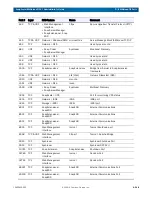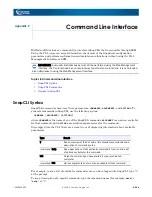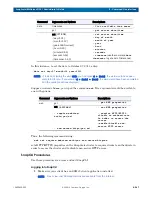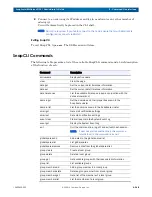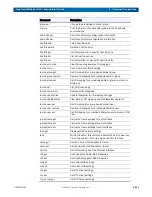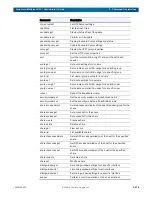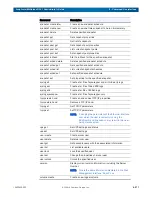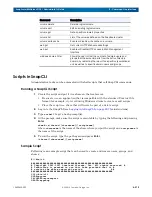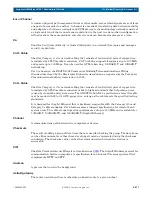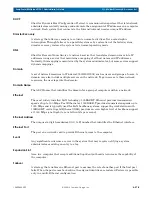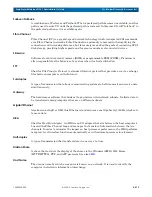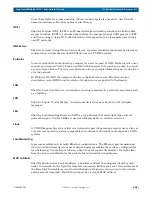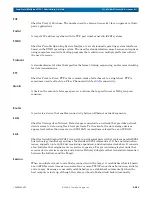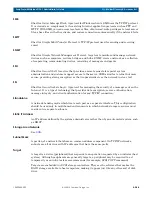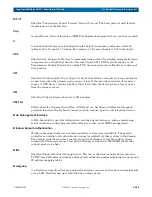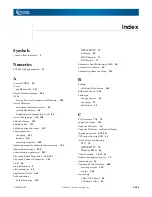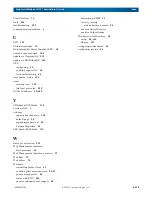
10400455-002
©2008-14 Overland Storage, Inc.
278
SnapScale/RAINcloudOS 4.1 Administrator’s Guide
GL - Master Glossary & Acronym List
DHCP
Short for
Dynamic Host Configuration Protocol
. A communications protocol that lets network
administrators centrally manage and automate the assignment of IP addresses on a computer
network. Each system that connects to the Internet/intranet needs a unique IP address.
Disaster Recovery
A strategy that allows a company to return to normal activities after a catastrophic
interruption. Through failover to a parallel system or by restoration of the failed system,
disaster recovery restores the system to its normal operating mode.
DNS
Short for
Domain Name Service
. A network service that translates domain names into IP
addresses using a server that maintains a mapping of all host names and IP addresses.
Normally, this mapping is maintained by the system administrator, but some servers support
dynamic mappings.
Domain
A set of network resources in Windows 2000/2003/2008, such as users and groups of users. A
domain may also include multiple servers on the network. To gain access to these network
resources, the user logs into the domain.
Domain Name
The ASCII name that identifies the domain for a group of computers within a network.
Ethernet
The most widely installed LAN technology. 100BASE-T Ethernet provides transmission
speeds of up to 100 Mbps. Fast Ethernet or 1000BASE-T provides transmission speeds up to
1000 Mbps and is typically used for LAN backbone systems, supporting workstations with
100BASE-T cards. Gigabit Ethernet (GbE) provides an even higher level of backbone support
at 1000 Mbps (one Gigabit or one billion bits per second).
Ethernet Address
The unique six-digit hexadecimal (0-9, A-F) number that identifies the Ethernet interface.
Ethernet Port
The port on a network card to provide Ethernet access to the computer.
Event
Any significant occurrence or error in the system that may require notifying a system
administrator or adding an entry to a log.
Expansion Slot
Area in a computer that accepts additional input/output boards to increase the capability of
the computer.
Failover
A strategy that enables one Ethernet port to assume the role of another port if the first port
fails. When the port comes back online, the original identities are restored. Failover is possible
only in a multi-Ethernet configuration.

